To treat different ailments, not only chemical drugs can be used, but also medicinal plants. While the vanilla has gained greater fame in the kitchen, it is also a medicinal plant whose effects can normally be used without risk.
Occurrence & cultivation of vanilla

The vanilla is originally from Central America. It is particularly native to Mexico. It was first mentioned in a publication in 1754 by Philip Miller. The German name of vanilla is based on the Spanish name, which refers to the occurrence of the spice in the form of a pod.
The plant was brought to Europe via Spanish colonies, but had been used for medicinal purposes by the Mexicans many years earlier. The vanilla plant is a climbing orchid that grows on trees or stakes. The tendrils have lianas that are about 2 to 3 centimeters thick and have differently shaped leaves.
After pollination, fruit capsules grow from the flowers, which open as soon as they have ripened. Inside the fruit capsules are seeds of the vanilla plant. Observations have shown that the climbing orchid does not bloom for the first time after four years and thus serves as a source for the spice vanilla.
The plant is increasingly found in partially shaded places with a warm, humid climate. For optimal use of the vanilla, the fruit capsule is harvested before it is fully ripened. It develops its typical aroma through further processes.
Effect & application
It is applied in different ways. Most people only know the fruit pod as a spice. If it is used as this, it can also develop its healing abilities. Accordingly, vanilla can be deliberately added to food for medical purposes.
While the spice is mainly used in sweet dishes, it can also be easily integrated into savory meals. The effect of seasoning with the medicinal plant promises a gentle effect. Another option is to make a tincture. This can be produced independently without the need for larger aids. The vanilla pod is cut into small pieces with a sharp knife and then placed in a tightly sealable glass.
The parts are topped up with grain or alcohol and left to rest for one to two weeks. After the deadline, the tincture can be used. Before this, the plant remains should only be removed and the liquid placed in a dark glass so that it is protected from the sun. If the concentration of the tincture is too high, it can be diluted by adding water. A consumption of 10 to 50 drops is recommended.
Another application is hidden in homemade vanilla sugar. A vanilla pod, cut into small pieces, is placed in a glass with sugar and left to steep for 1 to 2 weeks. Fruit capsules whose pulp has already been used for other purposes are also suitable for this. In addition, the vanilla can be used externally in the form of oil. Teas with the effective aroma of the plant are particularly popular in winter.
A fresh pod is more suitable for this than conventional tea blends. The ingredients of vanilla have germicidal properties, which means they can help with skin complaints. It also affects the nervous system and emotional life, which gives it an aphrodisiac effect.
The ingredients catecholamine, alkaloids and vanillin are decisive for their properties. The part of the plant that can be used for medicinal purposes is limited to the fruit capsules and in particular the seeds in the pods. The leaves and stems of the orchid should not be consumed.
Importance for health, treatment & prevention
The vanilla can be used for different complaints. For example, men with potency problems use the plant. Its aphrodisiac effect is supposed to reduce discomfort in sex life without chemical drugs being used. At the same time, the plant is said to have a relaxing and calming property. For example, it has been used for existing sleep disorders since the 17th century.
Another important medical aspect of vanilla is its use in skin disorders such as eczema or neurodermatitis. Its ingredients allow it to actively fight against fungi, germs and other pathogens and thus support the healing process. Vanilla can be seen as a digestive aid for digestive problems. It helps with mood swings and irritability, as well as menstrual cramps or muscle weakness and rheumatism.
Its cholagogue ingredients ensure better bile production, which can alleviate an existing weak bile. Pregnant women are also often advised to use vanilla if they vomit. As with all complaints, however, it is important that real vanilla is used and not artificial substances. Apart from the known areas of application, research is now being carried out on the effects of vanilla on serious diseases.
The focus here is primarily on cancer and Alzheimer's. Ultimately, the healing properties of vanilla aim to treat standing ailments. In contrast, they are not suitable for preventive therapy. However, the efficiency of vanilla is often underestimated or its effectiveness is reduced in terms of cuisine and taste.
It represents an alternative to conventional medicine without causing side effects. Furthermore, under normal circumstances, no consultation with the doctor is necessary. Only in the case of chronic health problems may it be advisable to consult a medical professional before starting therapy.

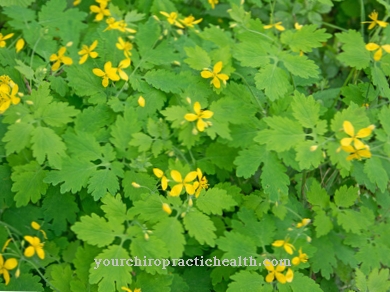

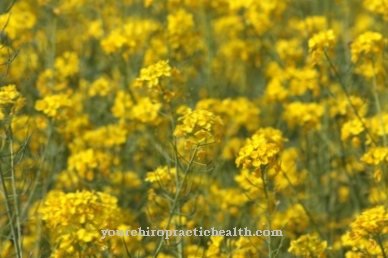
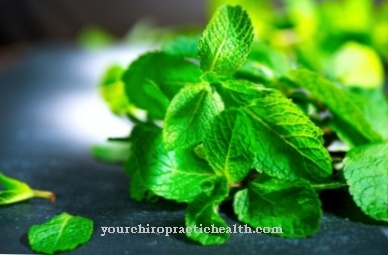
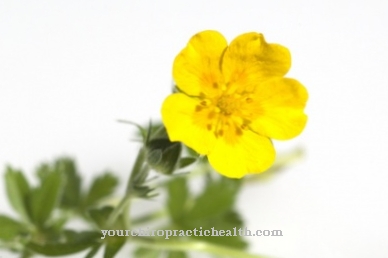
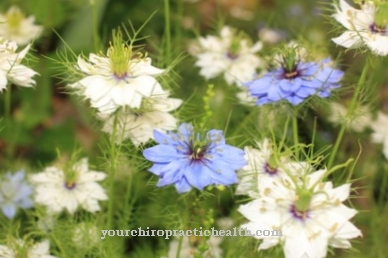

















.jpg)



